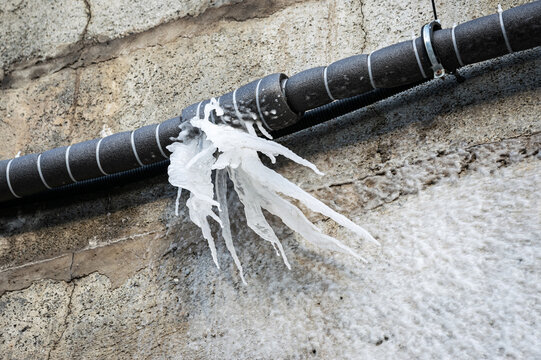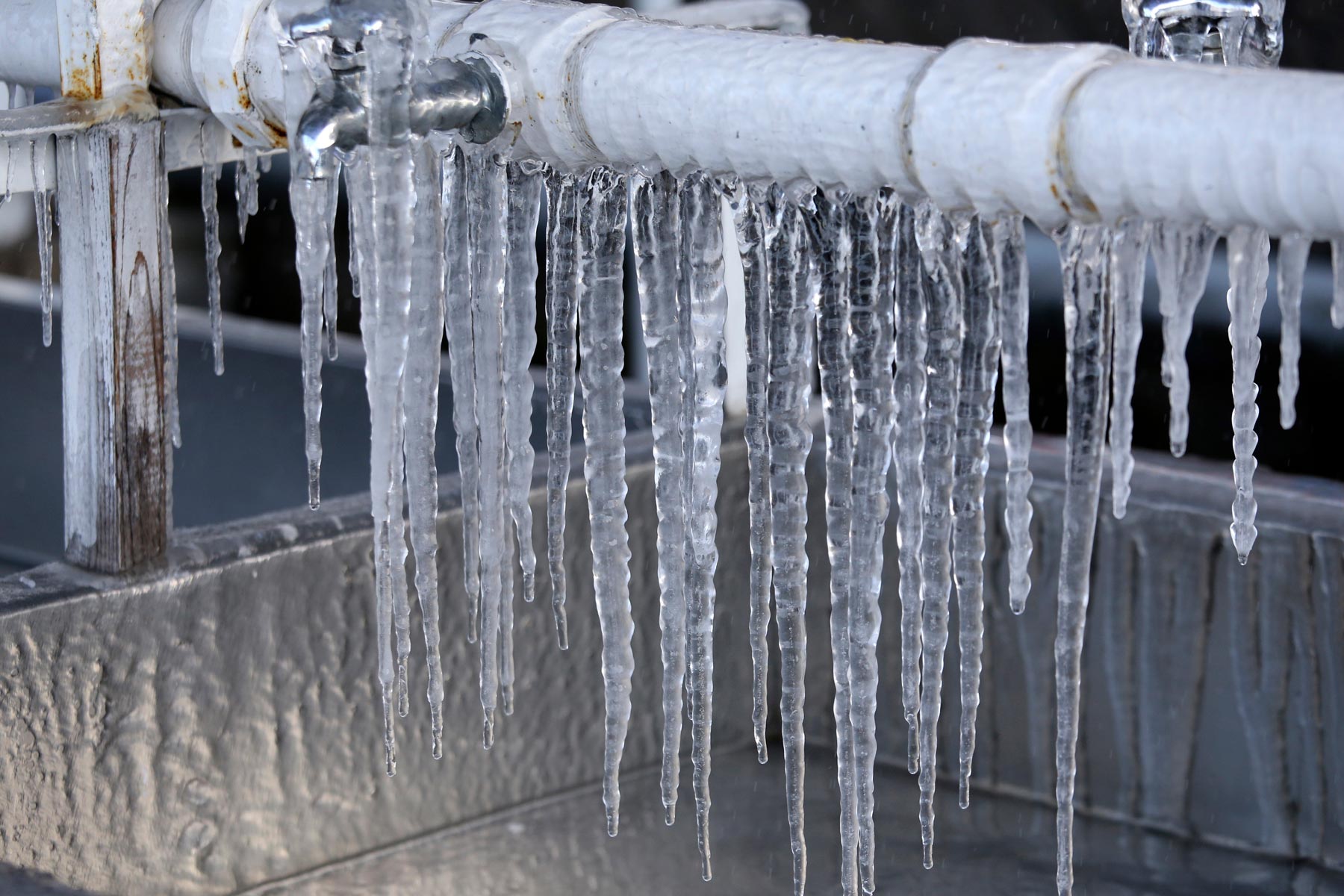We have encountered the article relating to How to Prevent Your Pipes From Freezing listed below on the net and believe it made sense to relate it with you on my blog.

Winter can ruin your pipes, especially by freezing pipes. Here's how to prevent it from happening and what to do if it does.
Intro
As temperature levels decline, the threat of icy pipes rises, possibly causing costly repairs and water damages. Comprehending just how to avoid frozen pipes is important for homeowners in chilly climates.
Prevention Tips
Protecting susceptible pipes
Cover pipes in insulation sleeves or make use of heat tape to shield them from freezing temperatures. Concentrate on pipes in unheated or outside locations of the home.
Heating strategies
Keep interior rooms effectively heated, particularly locations with pipes. Open up cabinet doors to allow warm air to circulate around pipes under sinks.
Exactly how to recognize icy pipelines
Look for decreased water flow from faucets, unusual odors or sounds from pipelines, and noticeable frost on revealed pipelines.
Long-Term Solutions
Architectural changes
Take into consideration rerouting pipelines far from exterior wall surfaces or unheated locations. Add extra insulation to attics, cellars, and crawl spaces.
Updating insulation
Purchase high-grade insulation for pipelines, attics, and walls. Correct insulation assists keep constant temperatures and minimizes the risk of icy pipes.
Securing Outdoor Plumbing
Yard tubes and outdoor taps
Disconnect and drain yard hoses before winter months. Install frost-proof spigots or cover exterior taps with insulated caps.
Understanding Frozen Pipelines
What causes pipes to freeze?
Pipes freeze when revealed to temperature levels below 32 ° F (0 ° C) for extended durations. As water inside the pipelines ices up, it expands, putting pressure on the pipeline wall surfaces and possibly causing them to rupture.
Risks and damages
Icy pipelines can bring about supply of water interruptions, residential or commercial property damage, and costly fixings. Ruptured pipelines can flood homes and cause considerable structural damages.
Signs of Frozen Pipeline
Identifying frozen pipelines early can avoid them from rupturing.
What to Do If Your Pipelines Freeze
Immediate actions to take
If you believe frozen pipelines, maintain taps open to eliminate pressure as the ice thaws. Utilize a hairdryer or towels soaked in hot water to thaw pipelines gradually.
Final thought
Preventing icy pipes calls for positive measures and quick responses. By recognizing the causes, indications, and safety nets, property owners can shield their plumbing during winter.
6 Proven Ways to Prevent Frozen Pipes and Protect Your Home
Disconnect and Drain Garden Hoses
Before winter arrives, start by disconnecting your garden hoses and draining any remaining water. Close the shut-off valves that supply outdoor hose bibs and leave the outdoor faucet open to allow any residual water to drain. For extra protection, consider using faucet covers throughout the colder months. It’s also important to drain water from any sprinkler supply lines following the manufacturer’s directions.
Insulate Exposed Pipes
Insulating your pipes is an effective way to prevent freezing. Pipe insulation is readily available at home improvement stores and is relatively inexpensive. Pay close attention to pipes in unheated areas such as the attic, basement, crawl spaces, or garage. Apply foam insulation generously to create a buffer against the cold. You can also wrap your pipes in heat tape or thermostat-controlled heat cables for added warmth.
Seal Air Leaks
Inspect your home for any cracks or openings that could let in cold air. Seal any holes around the piping in interior or exterior walls, as well as the sill plates where your home rests on its foundation. Additionally, make sure to keep your garage door closed unless you’re entering or exiting. Leaving it open creates a significant air leak that can lead to frozen pipes.
Allow Warm Air Circulation
During cold snaps, it’s essential to allow warm air to circulate evenly throughout your home. Leave interior doors ajar to promote better airflow. Open kitchen and bathroom cabinets to help distribute heat consistently around the rooms. If you have small children or pets, be sure to remove any household chemicals or potentially harmful cleaners from open cabinets for safety.
Let Faucets Drip
A small trickle of water can make a big difference in preventing ice formation inside your pipes. When temperatures drop significantly, start a drip of water from all faucets served by exposed pipes. This continuous flow helps prevent the water from freezing. Additionally, running a few faucets slightly can relieve pressure inside the pipes, reducing the chances of a rupture if the water inside does freeze.
https://choateshvac.com/6-proven-ways-to-prevent-frozen-pipes-and-protect-your-home/

Hopefully you enjoyed reading our section on Helpful Tips to Prevent Frozen Pipes this Winter. Thanks a ton for spending some time to read through our piece of content. Sharing is caring. Helping people is fun. Thank you so much for taking the time to read it.
Click Here
Comments on “Tips to Maintain Your Pipes from Freezing Damage: Important Tips”